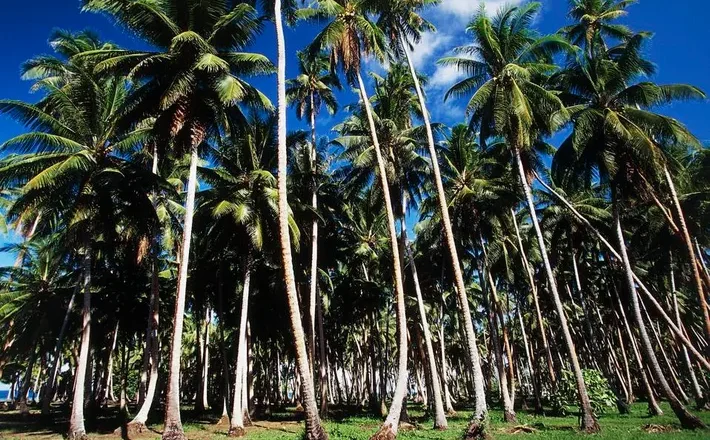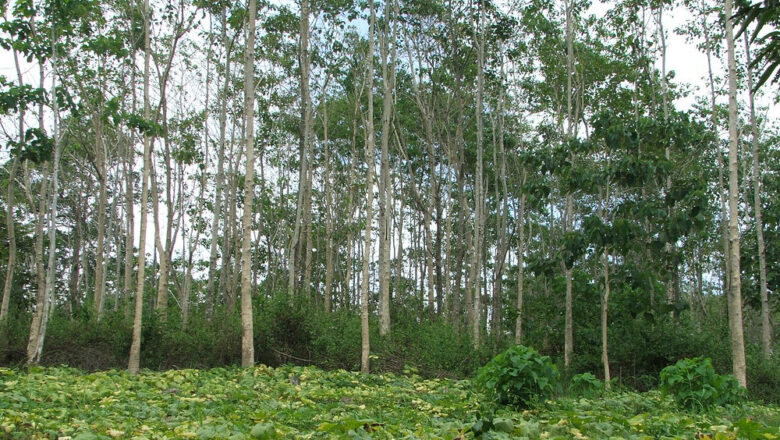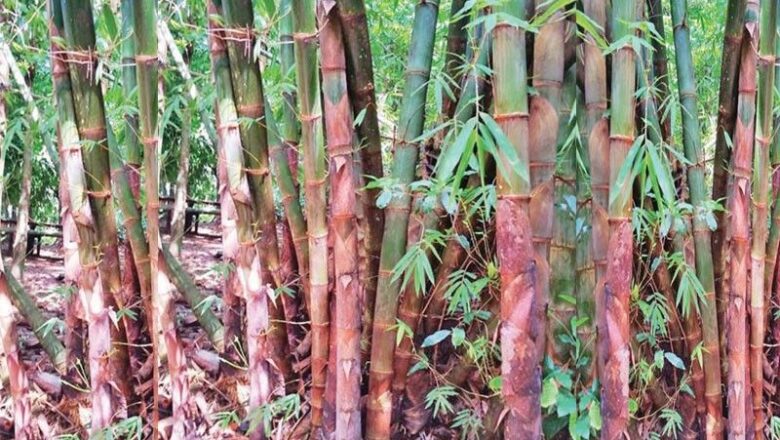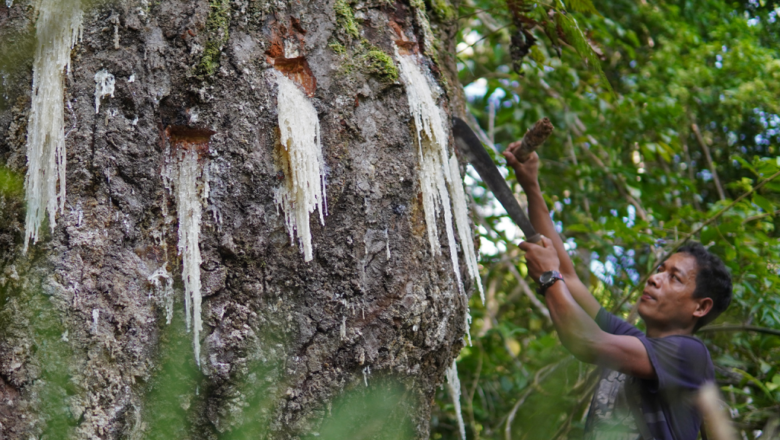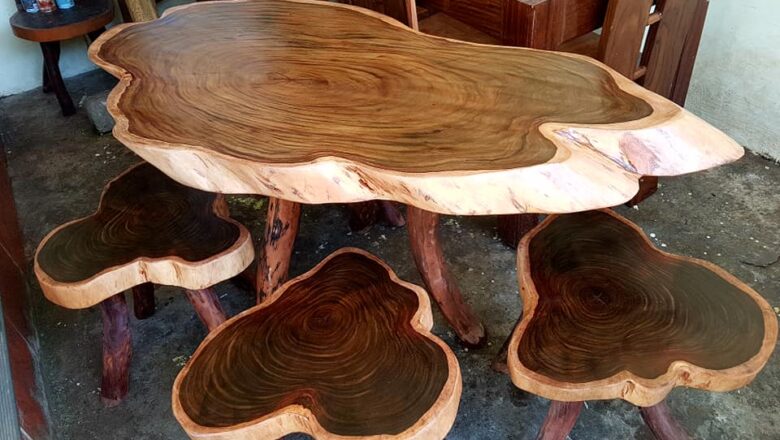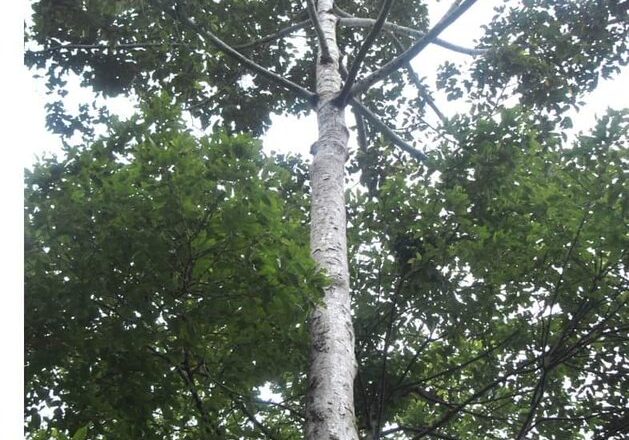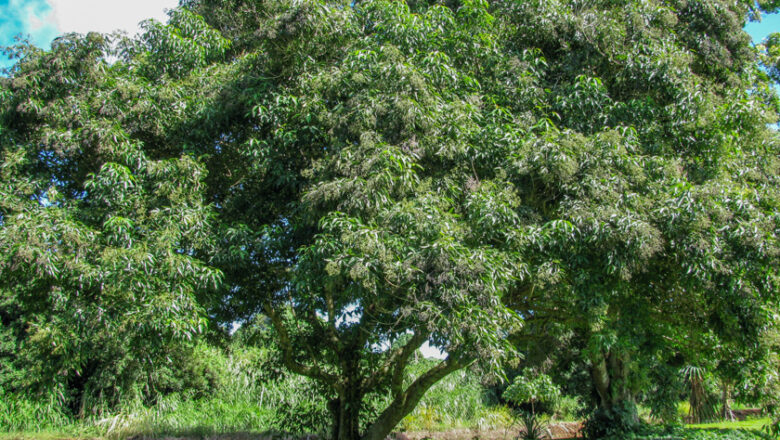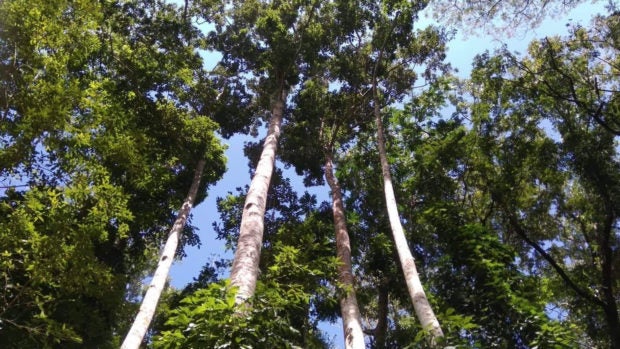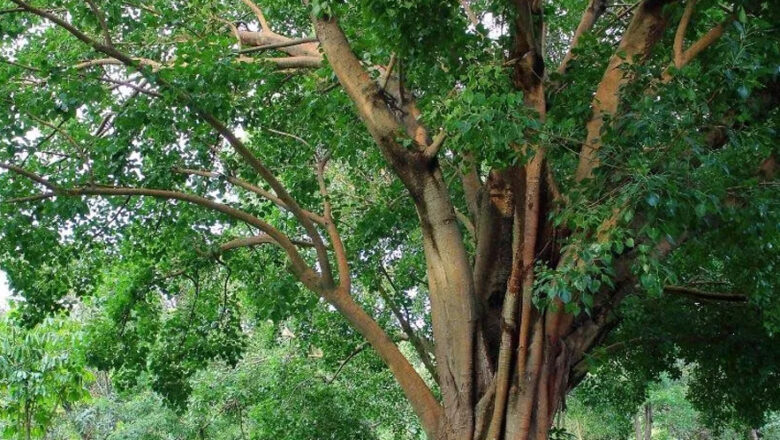
5 Fast-growing Trees in the Philippines with High Economic Value
Due to the increasing shortage of native lumber, people are starting to plant forest trees, but choosing what fast-growing trees to plan can be challenging. If you plan to plant trees to have lumber in the future or to use it in furniture, we list five fast-growing trees here to provide you with several options. When we say fast-growing trees, we are talking about trees that can be harvested within five to ten years.
This list is limited only to forest tree species. You may also visit our list of profitable fruit trees to plant.
Five Fast-growing Trees in the Philippines to Plant
1. Gmelina Arborea
Gmelina is undoubtedly the number one choice of most people who plant trees for lumber. When properly managed, it can be harvested as early as five years. Gmemilina is also the most sustai...

